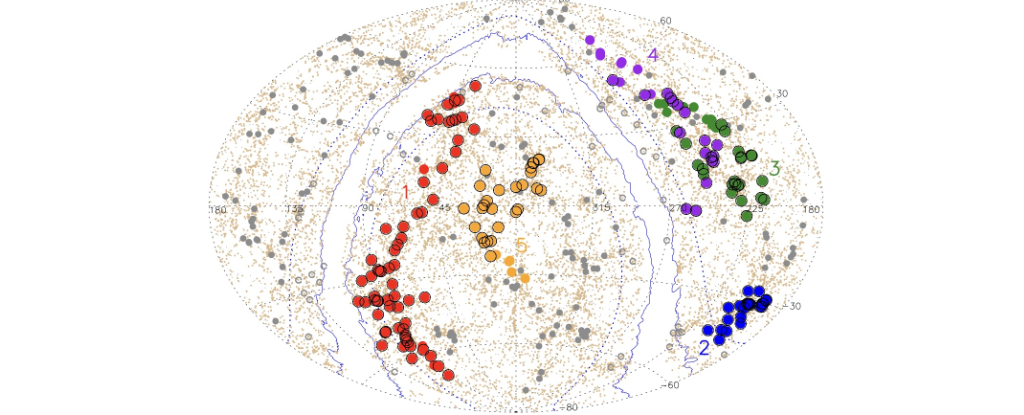GODE 4, democratizing analysis
You can take this framework, copy and paste the whole thing into an AI with a question to get a dialectical analysis.
“””can you take this framework and run a simulation using a historical example about the [Copernican revolution] and then check the dialectical trajectory for historical accuracy?
“”””
GODE v4: Generative Onto-Dialectical Engine
(Essence, Temporal Layering, Porosity, Normative Legitimation)
---
1. Base Synthesis Engine (Prior Core Loop)
We begin with two or more Idea-Objects (O₁, O₂) that enter a generative synthesis process:
Step 1: Combinatorial Synthesis
→ O₁ + O₂ → S₁₂
(A semi-stable structure: e.g., a proto-concept, phrase, or practice)
Step 2: Horizon Formation
→ S₁₂ → H₁
(The structure generates a horizon — a field of intelligibility: linguistic, aesthetic, legal, scientific, etc.)
Step 3: Contradiction via External Object
→ H₁ + O₃ → A₁
(A₁ is an antithesis, surfacing an internal limit or contradiction within H₁)
Step 4: Emergent Resolution
→ H₁ + A₁ → E₁
(E₁ is an emergent object or signifier that resolves or contains the contradiction)
---
Embedded Extension: E₁ Triggers Recursive Systemic Upgrades
---
(5A) Essence Extraction
To stabilize and define the emergent object E₁, we extract its essence ε₁:
→ ε₁ = essence(E₁) = {p | p ∈ ⋂ MSE(E₁)}
Essence is the set of properties or predicates common to all Minimal Sufficient Explanations of E₁ across valid domains.
Purpose: Prevents conceptual inflation or vagueness by crystallizing core features.
Effect: Conditions the horizon’s mutation
→ H₂ = H₁ ⊕ ε₁
---
(5B) Horizon Mutation
The horizon integrates ε₁ to become:
→ H₂ = H₁ ⊕ ε₁
A transition to a new regime of intelligibility.
---
(5C) Temporal Layering
The temporal profile of E₁ is modeled with:
→ τ₁ = [τ_c, τ_i, τ_p]
Where:
τ_c = conceptual (philosophy, theory, research)
τ_i = institutional (law, governance, education)
τ_p = popular (culture, media, behavior)
Purpose: Models asynchronous adoption.
Effect: Delayed contradictions may emerge from misalignment across domains.
---
(5D) Horizon Porosity
Horizon porosity models trans-domain permeability:
→ ∂H₁ = f(cross-domain citation density, shared material substrate)
Purpose: Allows contradiction (Aₓ) to originate from fields outside H₁.
Effect: Enables cross-disciplinary leakage and unexpected systemic shifts.
---
(5E) Normative Legitimation
Normative coherence of the emergent object is tested via validity criteria drawn from discourse ethics:
→ Λ(E₁) = ⋂ ValidityClaims(d) ∀ d ∈ τ₁
Where:
ValidityClaims = {Truth, Rightness, Sincerity, Comprehensibility}
Then, adjust ε₁ by the field’s normative capacity:
→ ∂ₙ = Σ(Material Supports) / Σ(Structural Barriers)
→ ε₁* = ε₁ ⊕ (Λ(E₁) × ∂ₙ)
This normatively-conditioned ε₁* updates the horizon:
→ H₂ = H₁ ⊕ ε₁*
Recursive Trigger:
If ∂ₙ < θ (threshold of institutional viability), trigger:
→ Generate Oₓ = “Discursive Exclusion”
Oₓ feeds into the next contradiction loop, exposing systems of exclusion, bias, or performative inconsistency.
---
GODE v4 Summary Table
Step Function Symbolic Notation Description
1 Idea-object synthesis O₁ + O₂ → S₁₂ New composite signifier emerges
2 Horizon formation S₁₂ → H₁ Domain of sense stabilizes
3 Contradiction H₁ + O₃ → A₁ Reveals horizon’s internal inconsistency
4 Emergent resolution H₁ + A₁ → E₁ Resolution through synthesis
5A Essence extraction ε₁ = ⋂ MSE(E₁) Extract core traits from all valid explanations
5B Horizon mutation H₂ = H₁ ⊕ ε₁ Horizon transforms through emergence
5C Temporal layering τ₁ = [τ_c, τ_i, τ_p] Models multiscalar absorption across systems
5D Horizon porosity ∂H₁ = f(C, M) Measures openness to cross-domain contradiction
5E Normative legitimation ε₁* = ε₁ ⊕ (Λ(E₁) × ∂ₙ) Incorporates moral validity and feasibility into evolution
→ Recursive contradiction If ∂ₙ < θ → generate Oₓ = “Discursive Exclusion” New contradictions emerge from legitimation failure
---
.png)



